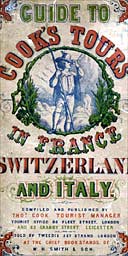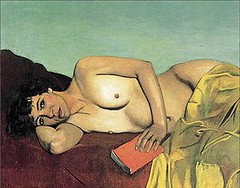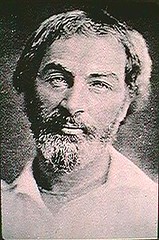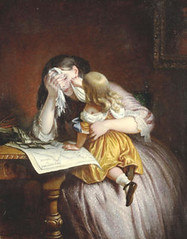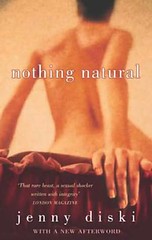L’abécédaire de Gilles Deleuze laced with the back matter of Jahsonic.com:
A as in Animal, B as in ‘Boire’ <Drink>, C as in Culture, D as in Desire, E as in ‘Enfance’ <Childhood>, F as in Fidelity, G as in ‘Gauche’ <Left>, H as in History of Philosophy, I as in Idea, J as in Joy, K as in Kant, L as in Literature, M as in ‘Maladie’ <Illness>, (N as in Neurology, O as in Opera, P as in Professor, Q as in Question, R as in Resistance, S as in Style, T as in Tennis, U as in ‘Un’/One, V as in ‘Voyage’/Trip, W as in Wittgenstein, X,Y as unknown, Z as in Zigzag. —http://www.people.fas.harvard.edu/~wrankin/deleuzeABC.html
And from the abécédaire itself, some comments by Deleuze on literature, especially his love for Villiers de l’Isle-Adam and Restif de la Bretonne:
Parnet refers to Deleuze’s love for secondary literary authors, like Villiers de l’Isle-Adam, Restif de la Bretonne, asking if he has always cultivated this affection. Here, Deleuze covers his face with one hand as he responds that he finds it truly bizarre to hear Villiers referred to as a secondary author [Deleuze laughs]. If you consider that question… [he pauses, shrugging his shoulders] He says that there is something really shameful, entirely shameful… He recalls that when he was quite young, he liked the idea of reading an author’s work in his entirety, the complete works. As a result, he had great affection not for secondary authors, although his affection sometimes coincided with them, but for authors who had written little. Some works were too enormous, overwhelming for him, like Hugo‘s, such that Deleuze was ready to say the Hugo wasn’t a very good writer. On the other hand, Deleuze knew the works of Paul-Louis Courrier nearly by heart, quite deeply. So Deleuze admits to having this penchant for so-called secondary authors, although Villiers is not a secondary author. Joubert was also an author he knew deeply, and one reason why he knew these authors was for a rather shameful reason, he admits: it had for him a certain prestige to be familiar with authors that were hardly known… But that was a kind of mania, Deleuze concludes, and it took him quite a while to learn just how great Hugo is, and that the size of work was no measure.
And some more comments on Leskov:
Deleuze continues in this vein, agreeing that in so-called secondary literatures… He insists that in Russian literature, for example, it’s not limited to Dostoyevski and Tolstoy, but one cannot call [Nikolai] Leskov secondary as there is so much that is astonishing in Leskov. So these are great geniuses. Deleuze then says that he feels he has little to say on this point, on secondary authors, but what he is happy about is to have tried to find in any unknown author something that might show him a concept or an extraordinary character. But yes, Deleuze says, he has not engaged in any systematic research [in this domain].
But in fact, this whole section on literature is very interesting, we find Deleuze commenting that “ he knows that every great philosopher is a great writer”. This is something I have first heard by W. F. Hermans.
See also video footage here.

